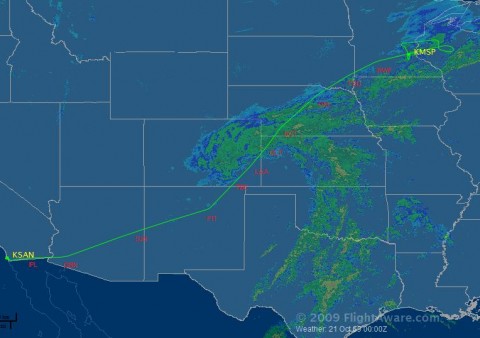Strategy Page reports on a change in crew composition for Canadian Forces medical evacuation helicopters:
Canadian forces have added a medical technician to the crews of their medical evacuation helicopters, joining a trend that has played a part in saving the lives of many troops wounded in combat, or injured in a combat zone. Previously, Canadian troops had relied on American, or other NATO, air evacuation services. But now Canada has suitable helicopters (CH-146s) for that work, and established an air ambulance service. Following a four year old recommendation by their own military planners, Canada trained medical technicians to work on the medevac choppers, and thus increase the chances that badly wounded soldiers would survive. Canada has also upgraded all of its combat medical care during its years of operations in Afghanistan. This is part of a trend that has been going on since World War II. It’s all about having more medical care available sooner.
The fighting in Iraq and Afghanistan has brought about a major change in how the United States deals with combat casualties. The result is that over 90 percent of the troops wounded, survive their wounds. That’s the highest rate in history. There are several reasons for this. The main one is that medics, and the troops themselves, are being trained to deliver more complex, and effective first aid more quickly. Military doctors now talk of the “platinum 10 minutes,” meaning that if you can keep the wounded soldier, especially the ones who are hurt real bad, alive for ten minutes, their chances of survival go way up. Medics have been equipped and trained to perform procedures previously done only by physicians, while troops are trained to do some procedures previously handled only by medics.




